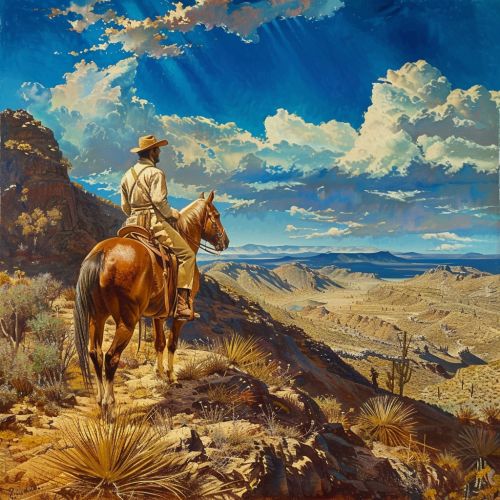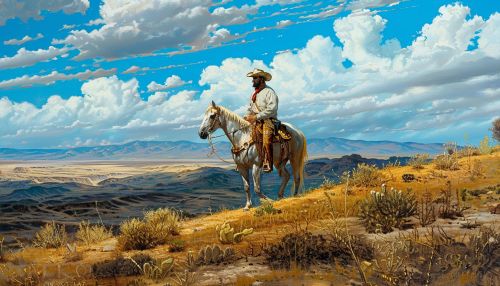Francisco Garcés
Early Life and Background
Francisco Hermenegildo Tomás Garcés was born on April 12, 1738, in Morata de Jalón, a small town in the Kingdom of Aragon, Spain. He was baptized the same day in the local parish church. Garcés was the son of Francisco Garcés and Antonia Feliu, who were devout Catholics. His early education was influenced by the religious environment of his family and community, which eventually led him to join the Franciscan Order. At the age of 15, Garcés entered the Franciscan convent in Zaragoza, where he began his religious training and education.
Missionary Work in New Spain
Initial Assignments
In 1763, Garcés was ordained as a priest and was soon after assigned to the Franciscan missions in New Spain (modern-day Mexico and the southwestern United States). He arrived in New Spain in 1768, during a period of significant missionary activity. His first assignment was at the Mission San Xavier del Bac, located near present-day Tucson, Arizona. This mission was part of a network established by the Spanish to convert the indigenous populations to Christianity and integrate them into the Spanish colonial system.
Exploration and Evangelization
Garcés is best known for his extensive explorations and missionary work in the southwestern United States. Between 1770 and 1776, he undertook several expeditions to establish contact with various Native American tribes, including the Havasupai, Mojave, and Yuma peoples. His goal was to find suitable locations for new missions and to create a network of Christianized indigenous communities.
In 1771, Garcés traveled to the Colorado River, where he encountered the Mojave people. He documented their customs, language, and social structure, providing valuable ethnographic information. Garcés's detailed journals from these expeditions offer insights into the lives of the indigenous peoples he encountered and the challenges faced by missionaries in the region.


The Anza Expedition
In 1774, Garcés joined the Juan Bautista de Anza expedition, which aimed to establish an overland route from New Spain to Alta California. This expedition was crucial for the Spanish colonial administration, as it sought to strengthen its presence in California and protect its territories from potential Russian and British encroachments. Garcés played a significant role in the expedition, serving as a guide and intermediary with the indigenous tribes they encountered along the way.
The expedition successfully reached San Gabriel Mission in California, and Garcés continued to explore the region, visiting the Chumash and other coastal tribes. His interactions with these communities further enriched his understanding of the diverse cultures in the region.
Later Years and Death
Establishment of New Missions
After the Anza expedition, Garcés returned to the Colorado River area, where he continued his missionary efforts. In 1779, he established two new missions: the Mission San Pedro y San Pablo de Bicuñer and the Mission La Purísima Concepción. These missions were intended to serve the Yuma people and other nearby tribes. However, the establishment of these missions led to tensions with the indigenous populations, who were resistant to the Spanish colonial presence and the changes it brought to their traditional way of life.
The Yuma Uprising
In 1781, tensions between the Spanish settlers and the Yuma people erupted into violence. The Yuma Uprising, also known as the Quechan Revolt, resulted in the destruction of the two missions and the deaths of several missionaries and settlers, including Francisco Garcés. On July 18, 1781, Garcés was killed by the Yuma warriors, marking a tragic end to his missionary efforts.
Legacy
Francisco Garcés's contributions to the exploration and evangelization of the southwestern United States are significant. His detailed journals and maps provided valuable information for future explorers and missionaries. Garcés's work also highlighted the complexities and challenges of missionary efforts in the region, particularly the resistance of indigenous populations to Spanish colonialism.
Garcés is remembered as a dedicated missionary who sought to bridge the gap between different cultures. His legacy is preserved in various historical sites and monuments, including the Garcés Memorial in Needles, California, and the Garcés Highway in Arizona.
